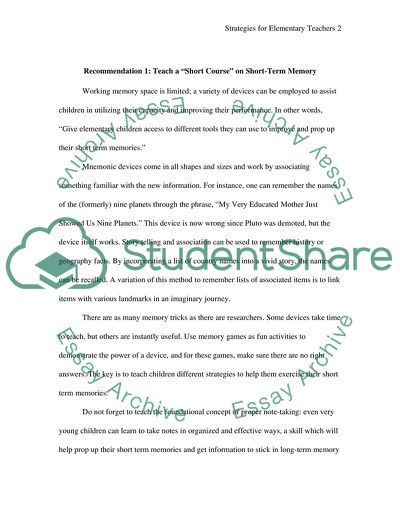Cite this document
(Strategies for Elementary Teachers Research Paper, n.d.)
Strategies for Elementary Teachers Research Paper. Retrieved from https://studentshare.org/education/1727655-recommendation-for-how-to-teach
Strategies for Elementary Teachers Research Paper. Retrieved from https://studentshare.org/education/1727655-recommendation-for-how-to-teach
(Strategies for Elementary Teachers Research Paper)
Strategies for Elementary Teachers Research Paper. https://studentshare.org/education/1727655-recommendation-for-how-to-teach.
Strategies for Elementary Teachers Research Paper. https://studentshare.org/education/1727655-recommendation-for-how-to-teach.
“Strategies for Elementary Teachers Research Paper”, n.d. https://studentshare.org/education/1727655-recommendation-for-how-to-teach.


